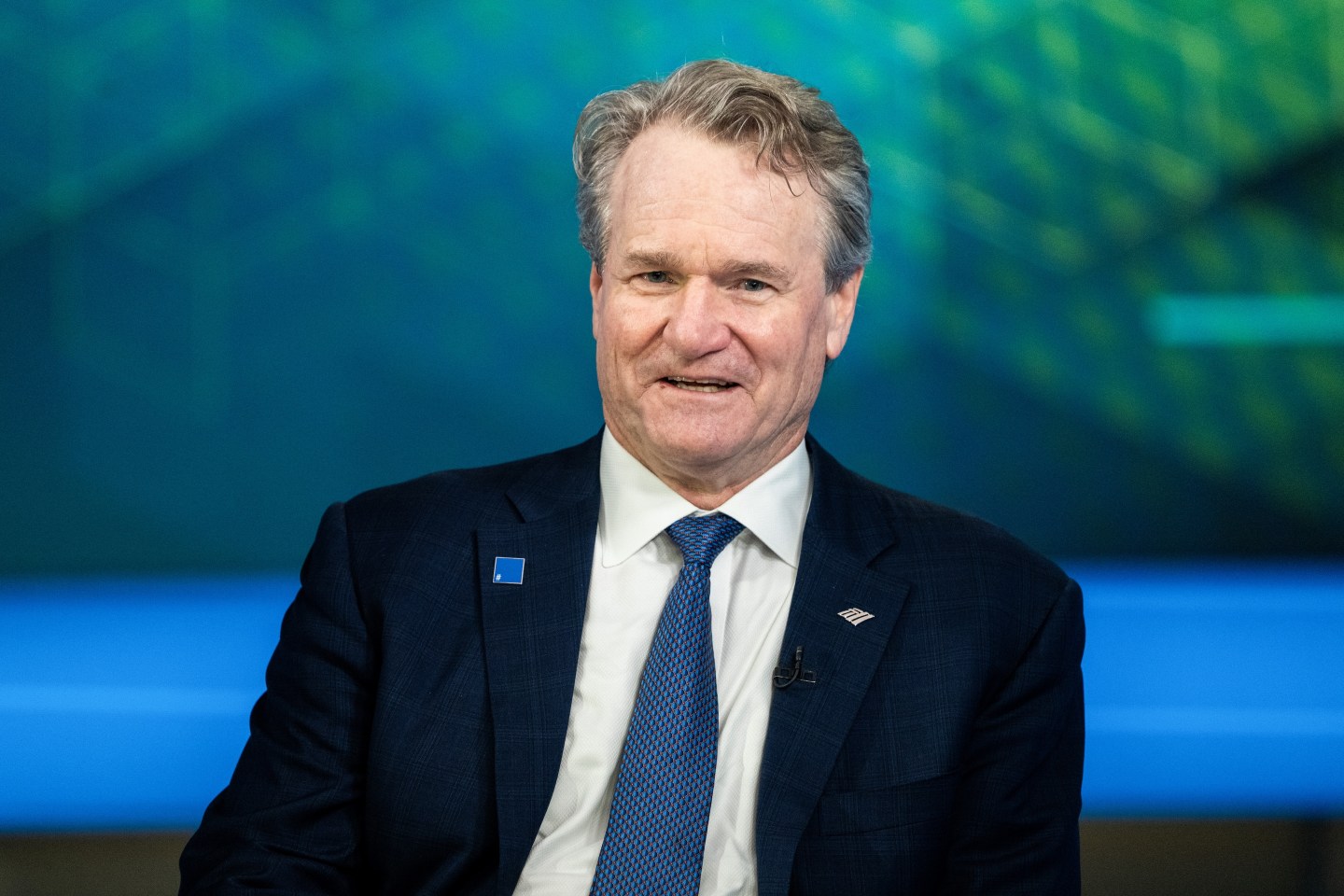The race is on to find Japan’s next leader.
On Friday, Japanese Prime Minister Yoshihide Suga announced that he will not stand for reelection in his party’s late-September elections. Suga’s party, the Liberal Democratic Party (LDP), is the dominant force in Japanese politics, and the winner of the LDP’s intraparty election on Sept. 29 is virtually guaranteed to become Japan’s next Prime Minister when Japan votes in its general election, which must be held before Nov. 28.
Suga’s withdrawal from the race has left a leadership vacuum that multiple candidates are now hoping to fill. Fumio Kishida, 64, a former foreign minister who was once seen as the likely successor to former Prime Minister Shinzo Abe, officially declared his candidacy last week before Suga stepped down. Sanae Takaichi, 60, a staunch conservative and former minister of internal affairs, has signaled that she would like to become Japan’s first-ever female Prime Minister. One leading contender, former defense minister Shigeru Ishiba, 64, hinted on Monday that he may not have enough support to mount a campaign for the position.
But Taro Kono, 58, Japan’s administrative reform minister and the man Suga tapped earlier this year to spearhead the country’s COVID-19 vaccine rollout, appears to have emerged as the top choice among the Japanese public. Kono has not officially declared his candidacy, but Japanese media report that he will likely declare a bid this week with Suga’s backing.
In a nationwide survey conducted by Japan’s Kyodo News over the weekend, 31.9% of over 1,000 Japanese voters said Kono was their top pick to become Japan’s next Prime Minister. Meanwhile, 26.6% of voters supported Ishiba’s candidacy, while 18.8% said they would vote for Kishida. Kono also narrowly emerged as the top choice to lead the LDP in a Nikkei Asia survey last week.
The winner of the LDP election may ultimately come down to the candidate who best navigates the LDP’s internal factions. But at the moment Kono, a fluent English speaker and social media star, appears to be in pole position to become the next Prime Minister.
Maverick
Like many LDP politicians, Kono comes from a long line of Japanese politicians. He hails from a wealthy farming family in Kanagawa Prefecture, just south of Tokyo. His great-grandfather, Jihei Kono, served as chairman of the prefectural assembly. His grandfather, Ichiro Kono, was a member of the Diet, Japan’s national legislature, and a key political power broker in the postwar era. Though purged as a wartime leader by the U.S. military in 1951, Ichiro was later rehabilitated as part of the so-called reverse course in U.S. occupation policy, and went on to head his own faction within the LDP; he was for many years a top contender for the prime ministership. Kono’s father, Yohei Kono, served as president of the LDP, speaker of Japan’s House of Representatives, and deputy prime minister from 1994 to 1995.
And yet Kono has long painted himself as an outsider and maverick in Japan’s political class, owing, in part, to his U.S. education.
Kono left Japan in 1982 at the age of 19. He attended Suffield Academy, a small preparatory school in Connecticut, and later enrolled at Georgetown University, where he studied comparative politics. During his years at Georgetown, Kono worked for Democratic Sen. Alan Cranston of California and Sen. Richard Shelby of Alabama (then a Democrat). He studied abroad at the Warsaw School of Economics in Poland.
After graduating from Georgetown in 1985 with a bachelor of science degree in foreign service, Kono worked briefly for Fuji Xerox in Singapore and later joined Nippon Tanshi, a supplier of electric components to Toyota Motor among other manufacturers. He was elected to Japan’s House of Representatives in 1996 from a district adjacent to his father’s in Kanagawa. He has since been reelected eight times and continues to hold the seat today.
In 2015, he joined Abe’s administration as regulatory reform minister and served a stint as foreign affairs minister before going back to his regulatory reform post under Suga’s government last year. But more than his government experience, he has built his reputation for being forthright and outspoken—traits that are not normally rewarded in Japanese politics.
“He speaks his mind; he’s kind of a nonconformist,” says Purnendra Jain, a Japanese politics expert and professor emeritus of Asian studies at the University of Adelaide. Jain notes how Kono waged a campaign against the proliferation of nuclear energy in Japan and in recent years has become more outspoken about the need for Japan to protect itself against the rise of China. “[Kono’s outspoken nature] is not always appreciated in Japanese politics, especially with the LDP old guard,” Jain says.
Kono’s social media savvy has also given him a boost, especially among young LDP members and the wider population. At 2.3 million followers, his Twitter account has more followers than any other Japanese politician including Shinzo Abe, who served as Japan’s Prime Minister from 2012 to 2020.
“It’s not just that he has a big following, it’s how he uses the medium,” says Tobias Harris, a Japan expert at the Center for American Progress. “He shares goofy fan art. He replies to people. He is willing to laugh at himself.”
Sebastian Maslow, senior lecturer in international relations at Sendai Shirayuri Women’s University, says Kono has used social media to “brand himself as a politician representing the party’s new generation.”
But Maslow notes that there are limits to the outsider persona he has crafted: “He is certainly not a maverick who rose to popularity challenging the old system but by making his career serving the old system.”
Vaccine campaign
Kono’s main selling point may be his professed competence in commandeering Japan through the COVID-19 pandemic.
Suga appointed Kono to spearhead Japan’s COVID-19 vaccine rollout in January, and it has emerged as a bright spot in an otherwise deteriorating COVID-19 response.
Since hosting the Olympics in July and early August, Japan has experienced its worst-ever wave of COVID-19 infections, recording over 15,000 infections per day in the past week, roughly three times the number of cases Japan recorded during previous waves in 2020 and 2021. But deaths in Japan have not reached the highs of previous waves, which may be due, in part, to the fact that 48% of Japan has now been fully vaccinated, one of the highest vaccination rates in Asia.
“I learned that hoisting a flag and charging forward is one way of getting things done,” Kono recently told Japan’s Nikkei newspaper of how he had led Japan’s vaccination campaign.
Still, the early failures of the COVID-19 vaccine campaign may plague him. By April, Japan had administered COVID-19 vaccine doses to roughly 1% of its population, lagging places like the U.S., which, at the time, had provided at least one shot to over 40% of its population.
“Kono has repeatedly tried to sell his efforts as a great success, yet the campaign has faced challenges, including a shortage of vaccines at a time when Japan was pledging to host a ‘safe and secure’ Olympics,” says Maslow.
Move Japan forward
On Aug. 27, Kono published a book called Move Japan Forward, presenting a conveniently timed vision for how to cut administrative red tape, challenge the rise of China, and govern Japan in the 21st century.
“He clearly wanted to signal his intent to pursue the leadership sooner or later,” says Harris. “The substance of the book strongly suggests that he would run if the opportunity presented itself.”
Jain says Kono’s top priority in government would be to steer Japan through the pandemic, before potentially helping reform Japan’s administrative state, bring a younger generation of Japanese politicians into leadership positions, and respond to evolving international challenges like the rise of China. Still, Kono will need the support of Japan’s entrenched political class in order to become Prime Minister and achieve his vision.
“If he is elected, and whether he has staying power, depends on how he’s going to work with the old guard, because his own domestic political footage is not that strong,” says Jain. “He says he wants to move Japan forward, and I hope he does mean that.”
Subscribe to Fortune Daily to get essential business stories straight to your inbox each morning.






